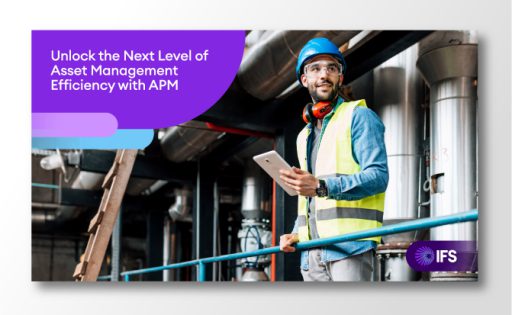Maintenance 5.0 isn’t just a buzzword—it’s where insight meets innovation when it comes to business operations and the management of physical assets.
There’s no mystery why the market for wearable artificial intelligence (AI) and wireless sensor network (WSN) devices has surged dramatically. COVID-19 and the war in Ukraine have created global uncertainty and caused companies to explore new ways to keep producing (and maintaining) with fewer resources.
Yet at the heart of Maintenance 5.0 is the understanding that the real game-changer isn’t just technology itself, but the powerful insights it can provide. With these insights, businesses, regardless of size, can significantly decrease downtime, optimize maintenance, extend asset life, and reap considerable cost savings. It means sharper decision-making, elevated competitiveness, and robust risk management and compliance.
Are Maintenance 5.0 and Industry 5.0 connected?
Rooted in the prevention of physical, social, urban, and process waste, Industry 5.0 focuses on transparency, profit-sharing, and efficiency. Asset management and maintenance can influence process waste and sometimes physical waste.
Digital twin technology is one example of a tool from Industry 5.0 that is utilized in Maintenance 5.0 for effective asset management. These models aid in understanding the interconnection and functioning of machinery or buildings, essential for effective maintenance.
Maintenance 5.0 also responds to the ever-growing need for greater sustainability. It emphasizes practices that maximize resource efficiency, reduce waste, and curb energy consumption, aligning with the principles of Industry 5.0.
What defines Maintenance 5.0?
Maintenance 1.0 was characterized by a reactive, run-to-failure approach with limited data collection. Since then, organizations have moved through the evolution of maintenance practices, including time- or usage-based preventive maintenance, condition-based maintenance using real-time monitoring, and finally predictive, data-driven maintenance.
Maintenance 5.0 represents the latest thinking on best practices in managing assets not only at an equipment level, but in a way that contributes to strategic corporate objectives. It is a longer-term, more holistic view of the organization in which asset management has a critical role.
At the crux of Maintenance 5.0 is Asset Performance Management (APM)—a tool that leverages an array of technologies to determine overall risk ranking. APM factors in operational reliability, safety, health, and environmental impacts, delivering not only data-driven predictive insights but suggested actions that take into account the company’s overall goals.
When properly implemented, APM can help achieve improved financial results, sustainability targets, and compliance through smart maintenance, operations, and asset investment decisions.
In asset management’s new era, autonomous machines, and robots—driven by powerful algorithms and machine learning—take the reins, boosting efficiency, enhancing safety, and reducing the demand for manual labor.
These algorithms don’t just drive machines; they process and analyze vast amounts of data, identifying patterns, predicting asset performance, and anticipating potential malfunctions. Furthermore, the use of edge computing enables data analysis near its origin, leading to faster decisions and reduced latency.
To learn more about the transformative power of APM and Maintenance 5.0, download our white paper: Unlock the next level of asset management efficiency with APM.
